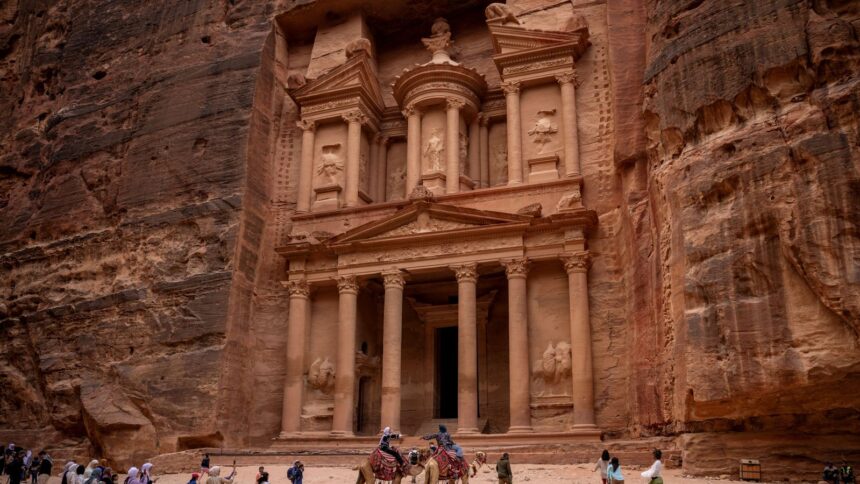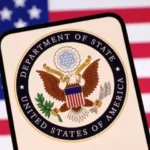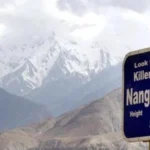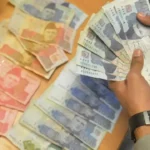Using remote sensing equipment, study teams discovered a long-buried tomb beneath the monument that contained the remains of 12 ancient skeletons and grave gifts.
More than 20 years have passed since comparable graves were discovered on the opposite side of the well-known monument, which is a UNESCO World Heritage Site and welcomes over a million people annually.
About 2,000 years ago, the Nabataean people excavated a whole city, with the Treasury at its center, into the walls of a desert canyon.
What its actual purpose is is still unclear.
Permission to do remote sensing in and around the monument was granted to American and British researchers from the American Center of Research, the Jordanian Department of Antiquities, and the University of St Andrews.
They intended to use ground penetrating radar and electromagnetic conductivity to evaluate the state of the surrounding surroundings, but they made a far more fascinating finding in the process.
The researchers conducted an excavation and discovered the tomb after the survey revealed what looked to be underground chambers.






